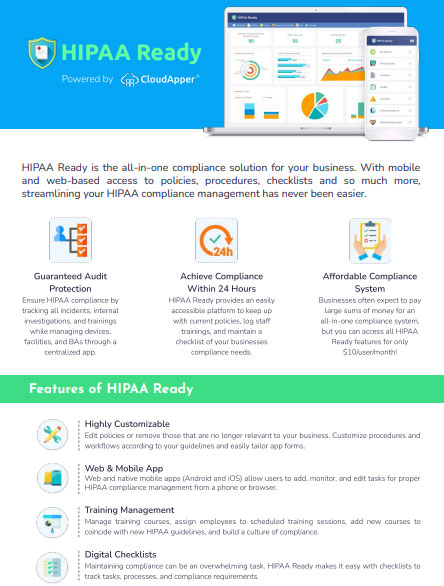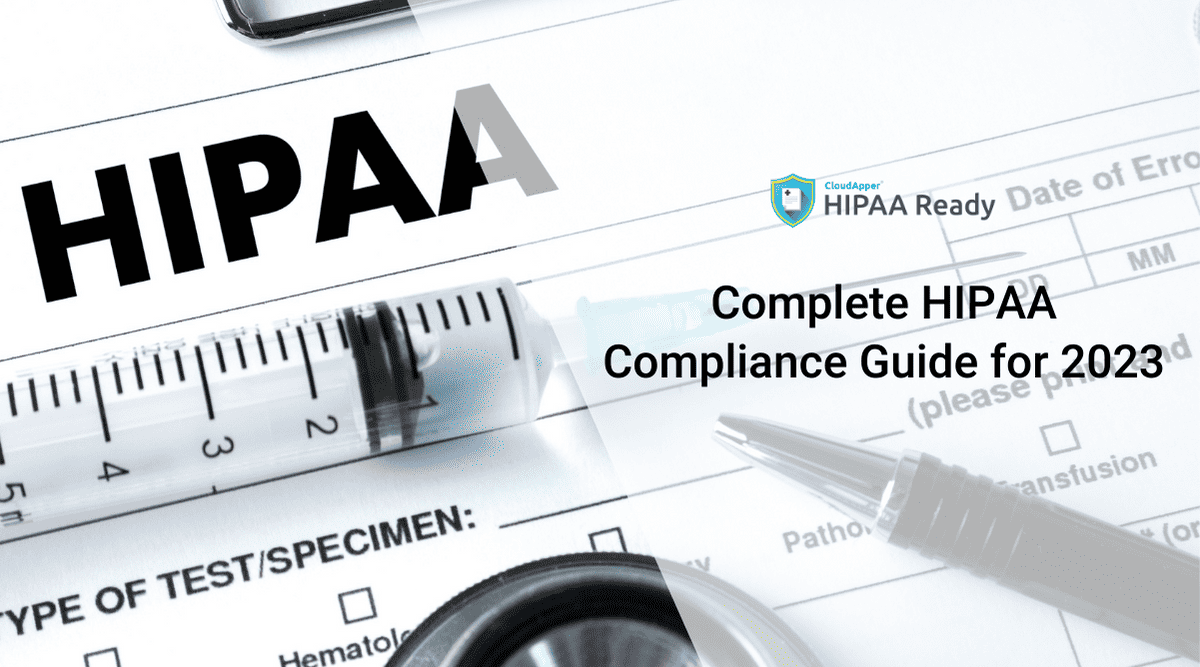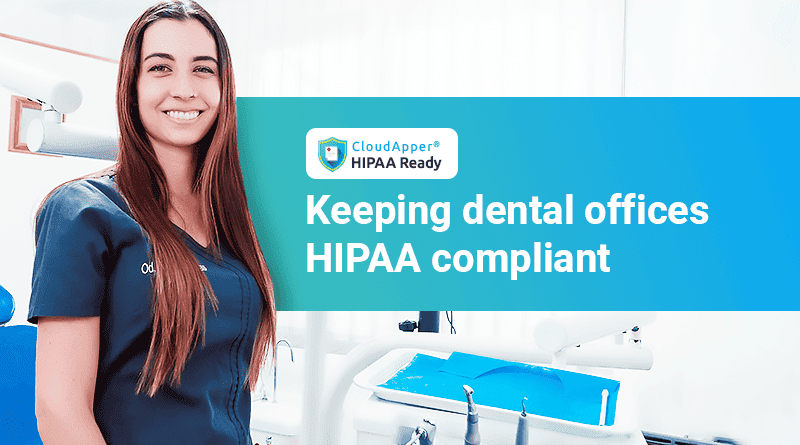The United States is one of the nations that take the security of patients’ data quite seriously. This might be one of the reasons why HIPAA was created many years ago. Its benefits are undoubted but the degree of complexity of its law can be very confusing for most organizations and business associates.
Through HIPAA Ready, we help covered entities and business associates to comply easily with all the requirements of HIPAA. There are several articles on our blog speaking explicitly on the subject of HIPAA. The questions about HIPAA as well as the patients’ medical records never cease.
Both covered entities or business associates are often concerned about the sort of information that should be added to the patient’s medical records in a bid to avoid infringement. This article will provide the necessary answers. But first, how does a patient’s medical record look like:
- It contains the patient’s biodata and personal information such as names, address, occupation, date of birth, and contacts.
- Information about past medical history, underlying health conditions, treatment administered, alternative treatment, a record of patient treatments, and potential risks and goals of the treatments.
These are excerpts of the 18 notable PHI identifiers.
Other important information about patient medical data
The Health Insurance Portability and Accountability Act, or HIPAA, as we know it grants provision for the rights to view, duplicate, and edit patient records. The right of access that it grants has been a bone of contention for healthcare providers in the past. It was easy to err for these providers due to inadequate understanding of the correct rules and policies guiding a patient’s right of access. It is not encouraging to see providers pay financial penalties for a pretty simple rule created decades ago.
What contents of the patients’ medical records should be expunged?
Another major question out there is what should not be included in a patient’s medical record. Often, Doctors, surgeons, nurses, physicians have to observe the image of professionalism when drawing notes from making rounds in the ward. Care has to be taken to avoid inputting information that will cut across as judgemental.
The inclusion of mistakes and errors may lead patients to ask for corrections to such aberrations. In the notes, further corrections can be made or removed.
According to the Texas Medical Association, there are a host of things to be limited from entry into the patients’ medical records. They include:
- Financial/monetary insurance information
- Speculations or unfounded suspicions over a particular health issue
- Self-doubt
- Legal information as it may be peculiar to the patient
- Unprofessional remarks about the patient or anyone related to them
- Derogatory comments about a colleague’s professionalism
It might be fair to write something about a patient’s mannerism or attitude to treatment, punctuality, recommendation, etc. These points are equally effective to ensure that you carefully avoid any violation.
Compliance made easy with HIPAA Ready
All records must be protected whether they are included in the records or not. As an organization, it is important to ensure that people do not have access to patient data for malpractice. HIPAA makes it mandatory for providers to put preventive and control methods in place.
HIPAA Ready enables you to efficiently manage, control, and keep appropriate records. It is a simplified compliance management system that acts as a platform with a compendium of all relevant parts of the compliance program. This includes policy management, training, associate management, etc. Signup to use HIPAA Ready for free now (no credit card required).



















